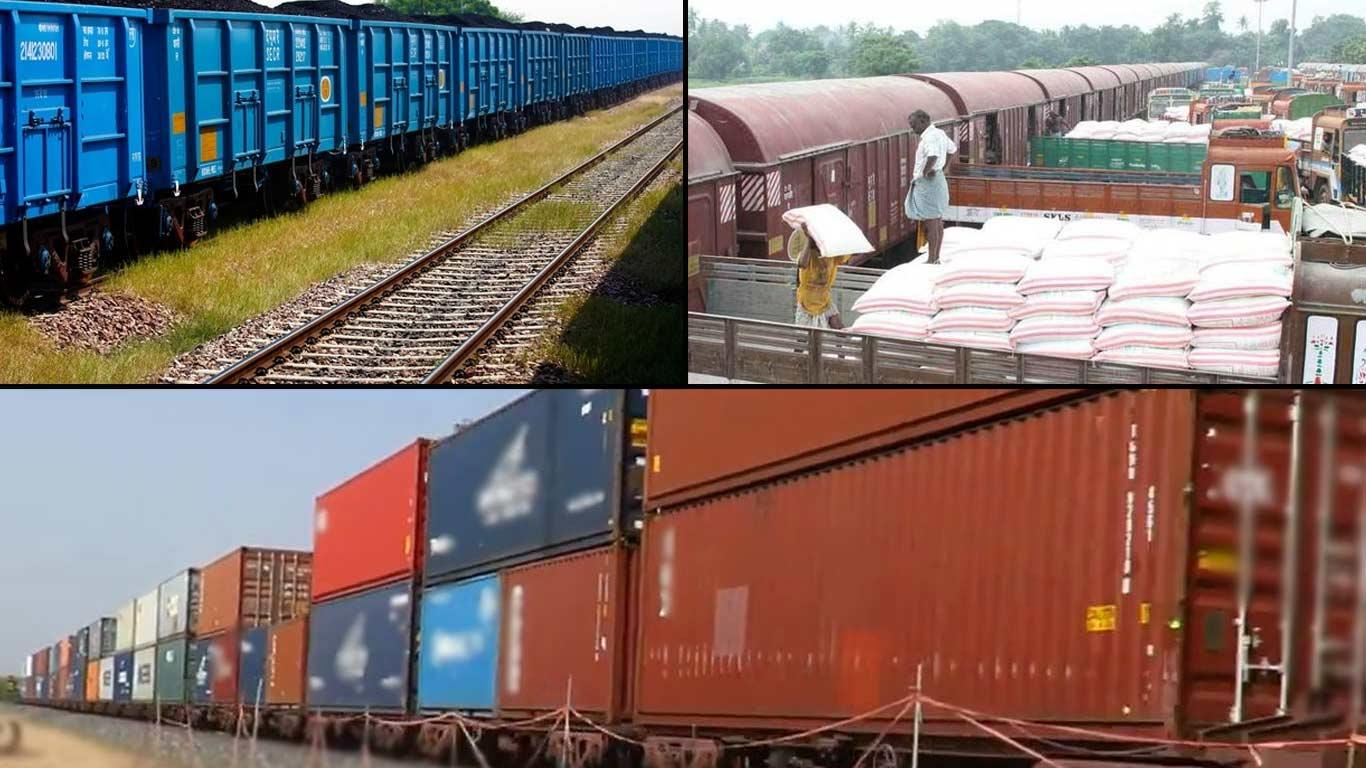
Railways Offers Greener Logistics Options For Industries & Msmes
The performance reflects steady demand across key sectors and continued improvements in operational efficiency.
Coal continued to dominate the freight basket at 505 MT, followed by iron ore (115 MT), cement (92 MT), container traffic (59 MT), pig iron and finished steel (47 MT), fertilisers (42 MT), mineral oil (32 MT), foodgrains (30 MT) and raw materials for steel plants (around 20 MT). Other commodities accounted for 74 MT.
Average daily loading has remained stable at nearly 4.4 MT, compared with 4.2 MT in the previous year, indicating a firm rise in freight activity.
Between April and October, freight loading rose to 935.1 MT from 906.9 MT during the same period last year, marking a healthy year-on-year increase.
Officials said the continuing momentum highlights the Railways' expanding capacity to support industrial growth and infrastructure development.
The Railways emphasised that shifting more bulk cargo to rail offers wider economic and environmental advantages, including reduced emissions, less road congestion and greener logistics options for industries, particularly Micro, Small, and Medium Enterprises (MSMEs).
To strengthen cement logistics-an essential component of infrastructure expansion-the Railways has introduced measures such as the Policy for Bulk Cement Terminals and rationalised tariffs for bulk cement transportation in containers.
These reforms aim to enhance bulk-handling capacity, cut transit times and lower logistics costs, improving supply-chain efficiency for industry and consumers.
(KNN Bureau)
Legal Disclaimer:
MENAFN provides the
information “as is” without warranty of any kind. We do not accept
any responsibility or liability for the accuracy, content, images,
videos, licenses, completeness, legality, or reliability of the information
contained in this article. If you have any complaints or copyright
issues related to this article, kindly contact the provider above.


















Comments
No comment